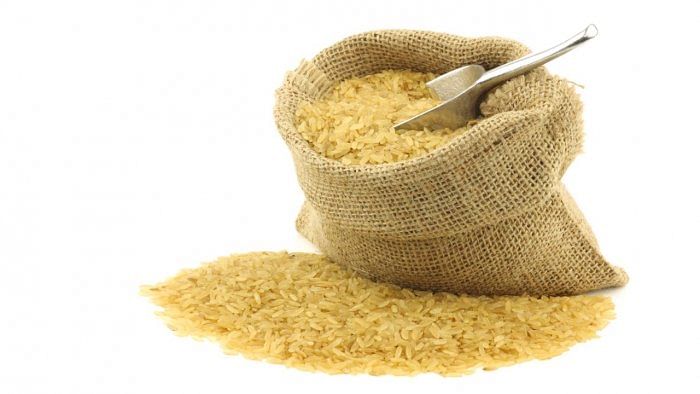
The Cabinet has cleared the distribution of fortified rice across all the government public delivery systems including the Public Distribution System, the Integrated Child Development Scheme, as well as the revamped midday meal scheme PM Poshan. While the government said that the cost of the rollout, which is Rs 2,700 crore, will be borne by the Centre, activists have raised concerns on the move.
Making the announcement of the decision of the Cabinet Committee on Economic Affairs, I&B minister Anurag Thakur said that the Committee has approved the supply of fortified rice throughout the Targeted Public Distribution System under the National Food Security Act, and the Centre’s Other Welfare Schemes, too, in all states and UTs by 2024 in three phases.
In the first phase, the fortified rice will go out to the beneficiaries of the ICDS and PM Poshan schemes, mostly children below the age of six, adolescent girls and pregnant and lactating mothers by March 2022. The government said this is under implementation currently.
As many as 291 aspirational and high-burden districts will be targeted in the second phase through the Targeted Public Distribution System and Other Welfare Schemes by March 2023. And in the third phase, the remaining districts of the country will be covered by March 2024.
The Food Corporation of India and state agencies have started the procurement of fortified rice, the government said in a release, and so far nearly 88.65 LMT of fortified rice has been procured.
During his Independence Day speech last year, PM Narendra Modi had announced the initiative and said that every government programme will have fortified rice by March 2024 to combat malnutrition.
Fortified rice was first piloted in 2017 by the women and child development ministry in September 2017 in four districts along with fortified wheat and maize which was developed by the Indian Council of Agricultural Research. In February 2019, under a revamped Poshan Abhiyaan scheme, the WCD ministry extended it to a district, each in 15 states. The programme ran into initial hiccoughs, since the Centre had then agreed to a 75:25 ratio for procurement, but states said they were finding difficulty in procuring the blender where the rice kernels are mixed, as it was costly.
The fortified rice approved by the Executive Committee of the Poshan Abhiyaan had kernels enriched mostly with iron, and some vitamin B12 as well as folic acid, which was mixed with rice in a 1:99 ratio in the milling stage. The FSSAI has also set standards for fortification of food items like rice, wheat, oil, milk and salt, and states like Gujarat had shown a keenness to start the distribution of fortified milk.
Meanwhile, concerns about unequal nutrition have been raised by nutritionists. Dr Veena Shatrugna, who was formerly with the Hyderabad-based National Institute of Nutrition, said that the move might be more beneficial to centralised procurement and distribution, than nutrition.
“Most of the fortified rice is enriched with iron, and this is supposed to increase the haemoglobin levels. But, for that, a person will need adequate quantities of good quality protein, vitamins like B12, folic acid, vitamin C, and vitamin A, in addition to magnesium, copper, and many other nutrients. Without that, the extra iron is stored as ferritin and will end up causing more damage. This can, in the long term, lead to problems like diabetes, hypertension, cramps, and diarrhoea,” Dr Shatrugna said.
Check out DH's latest videos